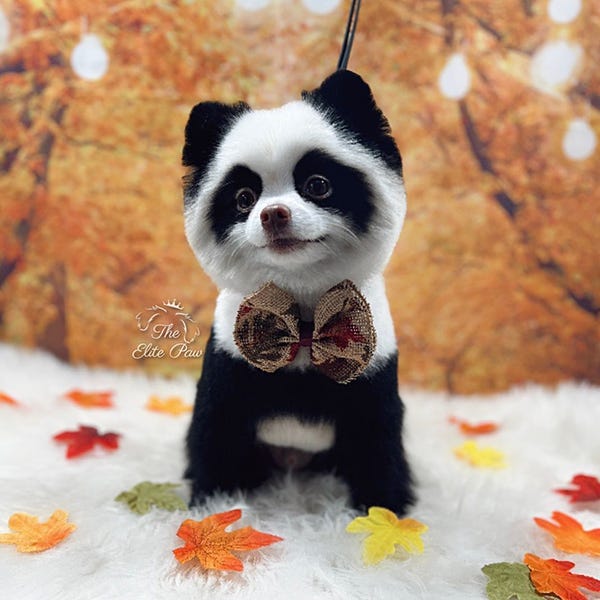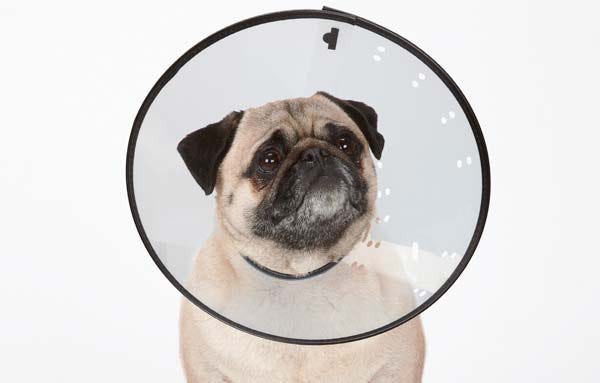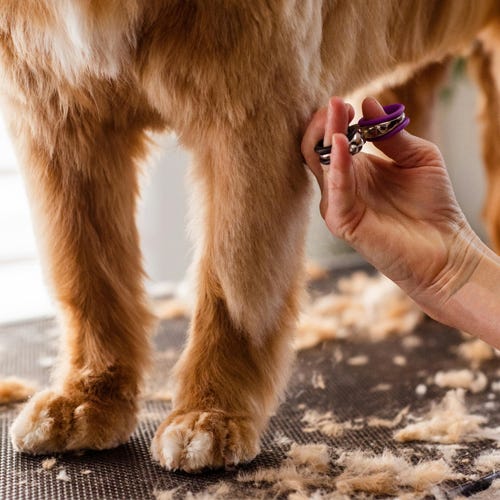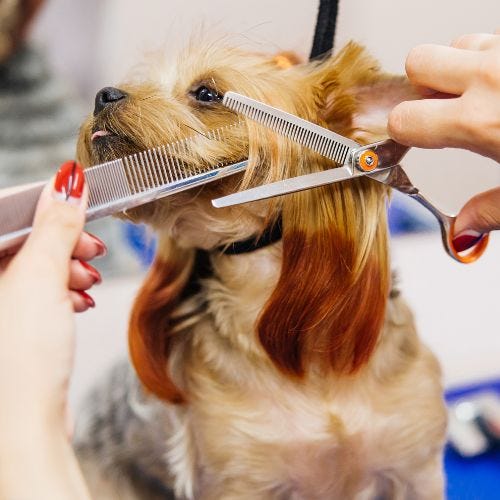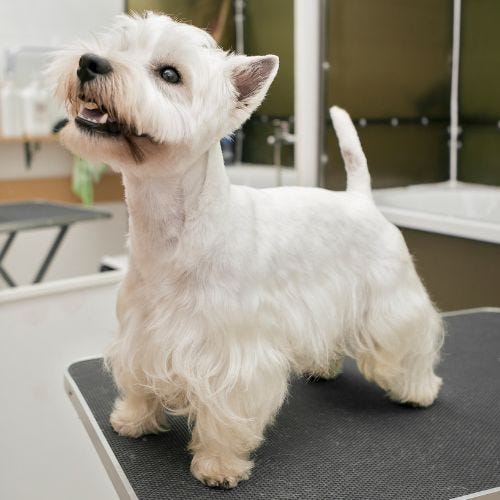Some dogs come in to be groomed, looking like their feet have not touched the ground since the last time we saw them. They are still clean. They are still fluffy. They look like they have not had a bit of fun. Most come in dirty. Like they have been having a doggy life. Playing at the dog park, walking down dusty roads, running through the pucker brush. And some come in not only very dirty but with serious grossness on specific body parts. For example, a dog that has rolled in something delightfully rotten. Or poop. Or a dead cat. Then there are those dogs that suffered from an ear infection treated with an oil-based medication. The oily medicine dripped and spread to the fur around the ears. Then the dog rubbed its oily head in… everything. For weeks. And everything stuck. How about those dogs with big beards (I’m looking at you, Bouvier’s!) who soak those beards in the water bowl multiple times a day, then get into all the things dogs get into and dunk into the water bowl again? Big beards are well known in groomer circles to present a challenge when it comes to getting them looking and smelling clean and fresh. So here are some tips to make those bathing challenges a little easier to handle.
- When you first put the dog in the tub, figure out just which areas need the most cleaning attention. Then apply shampoo straight to those spots before you even get the dog wet. Work it in well, right down to the skin, and let it soak while you wash the rest of the pet.
- If the area has a greasy or oily feel, use a degreasing shampoo. Alternatively, a clarifying shampoo might be helpful.
- Using a comb, or some version of a small, soft brush, work the shampoo through the soiled area. The combing or brushing action will mechanically remove much of the dirt, while the shampoo and water work to chemically break down the residue in the coat.
- Let the shampoo sit a minute or two while you work on the rest of the dog’s bathing needs.
- Rinse the area and re-wash it, leaving the shampoo to sit on the heavily soiled site while you rinse the remainder of the dog.
- Rewash (if you usually wash twice) and rinse the rest of the pet, as well as the soiled area. Decide if that area needs one more application of shampoo (as they say, “the third time’s the charm.”)
- Finally, rinse and condition as usual.
This method saves time by eliminating the need to bathe the entire pet multiple times when only one or two areas on the pet require extra attention.
By Daryl Conner, MPS, MCG
Daryl Conner has been devoted to making dogs and cats more comfortable and beautiful for almost 40 years. You can find her happily working at FairWinds Grooming Studio with her daughter and infant granddaughter, or typing away at her latest grooming-related article. Daryl was awarded both a Cardinal Crystal Award and Barkleigh Honors Award for journalism. She shares her meadow-hugged antique Maine farmhouse with her practically perfect husband and too many animals.

